AI and the Web Speech API: A Synergistic Relationship
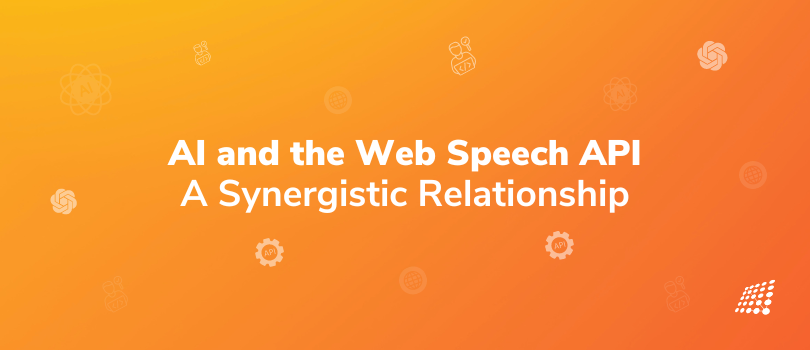
Ever wondered how digital assistants like Alexa, Cortana, Google Assistant, and Siri understand and respond to our commands? Want to build an app that listens to your voice? With the Web Speech API, it is possible.
In today’s world, voice-based interactions have become a necessity. An AI API key allows applications to access advanced artificial intelligence capabilities. By incorporating an AI API key into the Web Speech API, developers can leverage sophisticated algorithms that not only understand spoken language but also interpret context, nuance, and even sentiment.
From virtual assistants to transcription services, speech recognition technology plays a pivotal role. The Web Speech API, a browser-based interface, empowers developers to integrate speech capabilities into web applications. But what happens when we combine this API with the power of artificial intelligence (AI)? Let’s explore the synergistic relationship between AI and the Web Speech API.
Understanding the Web Speech API
The Web Speech API provides two primary functionalities:
- Speech Recognition
- Speech Synthesis
What is Speech Recognition?
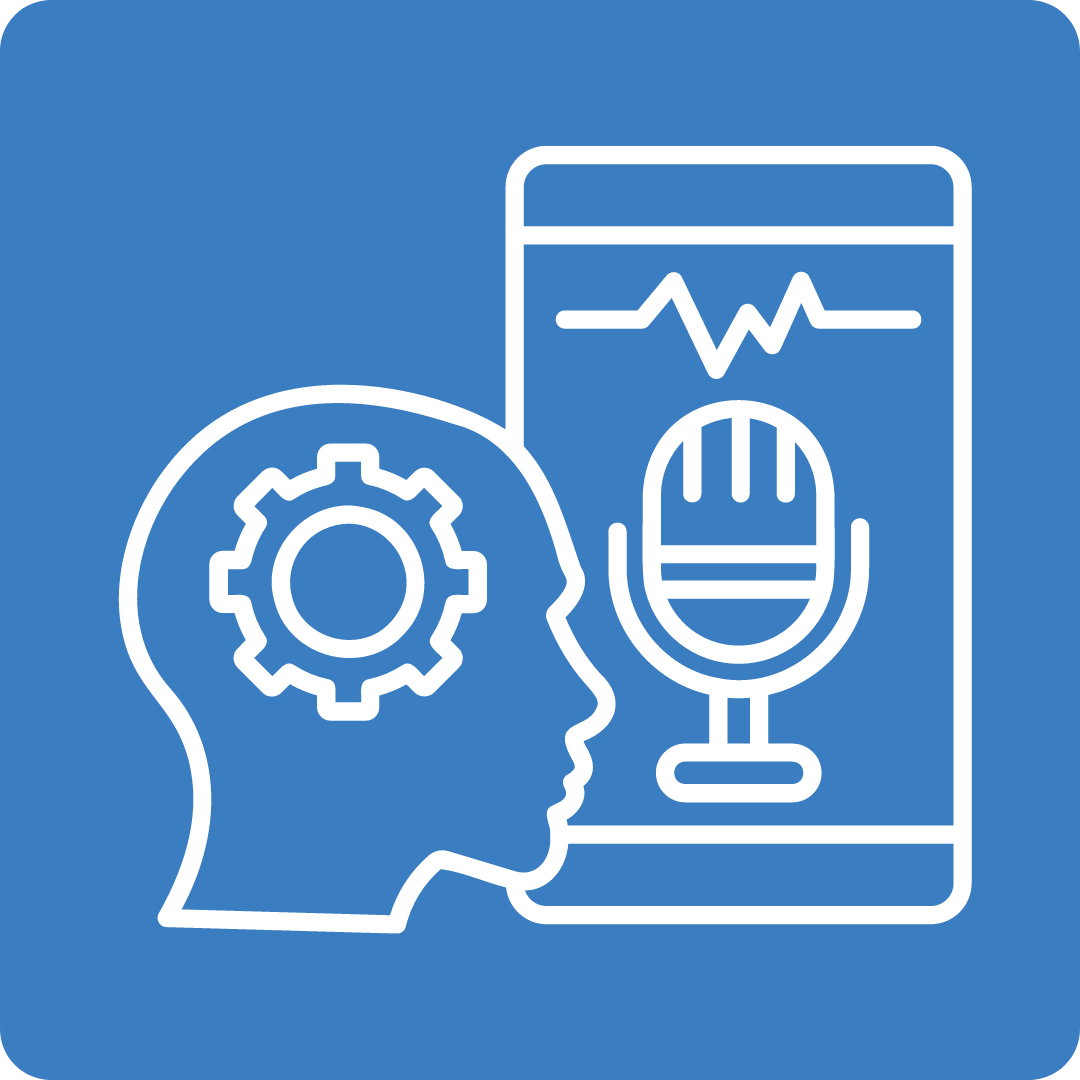
Speech recognition is an interdisciplinary subfield of computer science and computational linguistics that lets computers convert what we say into written words. This blend of computer science magic and language smarts is sometimes called automatic speech recognition (ASR) or speech-to-text (STT).
Here's how it works: Speak into a microphone, and speech recognition software analyzes your words against its language database. When it matches, your spoken words appear as text on the screen, ready for any number of computer actions to kick off.
What is Speech Synthesis?

Speech Synthesis also known as text-to-speech empowers web applications to generate spoken output through a synthesis voice generator. With a synthesis voice generator, developers can create dynamic audio responses, assistive tools, or even narrate content for accessibility.
The Web Speech API Explained
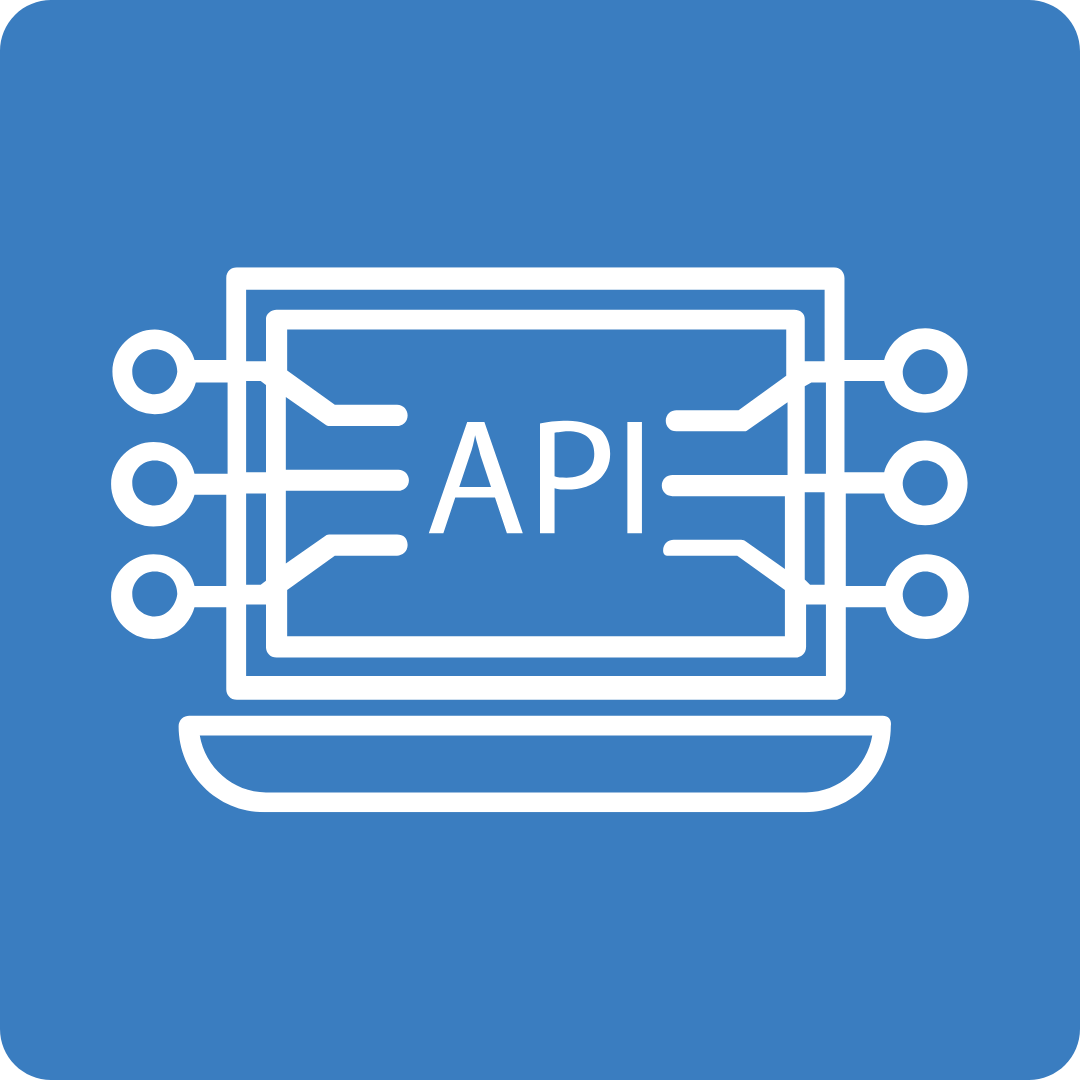
The Web Speech API is a powerful tool that allows developers to integrate speech recognition and synthesis capabilities into web applications, particularly when used in conjunction with modern browsers like Chrome. When AI meets the Web Speech API Chrome integration, a synergistic relationship emerges, paving the way for enhanced user experiences and accessibility across various digital platforms.
The Web Speech API, a product of the World Wide Web Consortium (W3C), provides developers with a standardized interface for speech recognition and synthesis functionalities in web browsers. This API consists of two main components: the SpeechRecognition interface for converting spoken language into text, and the SpeechSynthesis interface for generating human-like speech from text. With the increasing adoption of voice-controlled devices and services, the Web Speech API has become valuable for creating intuitive and interactive web applications.
AI-Powered Enhancements
Enter artificial intelligence! AI algorithms have revolutionized speech recognition systems, enabling them to accurately transcribe spoken words and understand natural language with remarkable precision. By leveraging AI techniques such as deep learning and natural language processing (NLP), developers can enhance the capabilities of the Web Speech API, making it more adept at understanding and responding to user input.
Advantages of Combining AI with Web Speech API
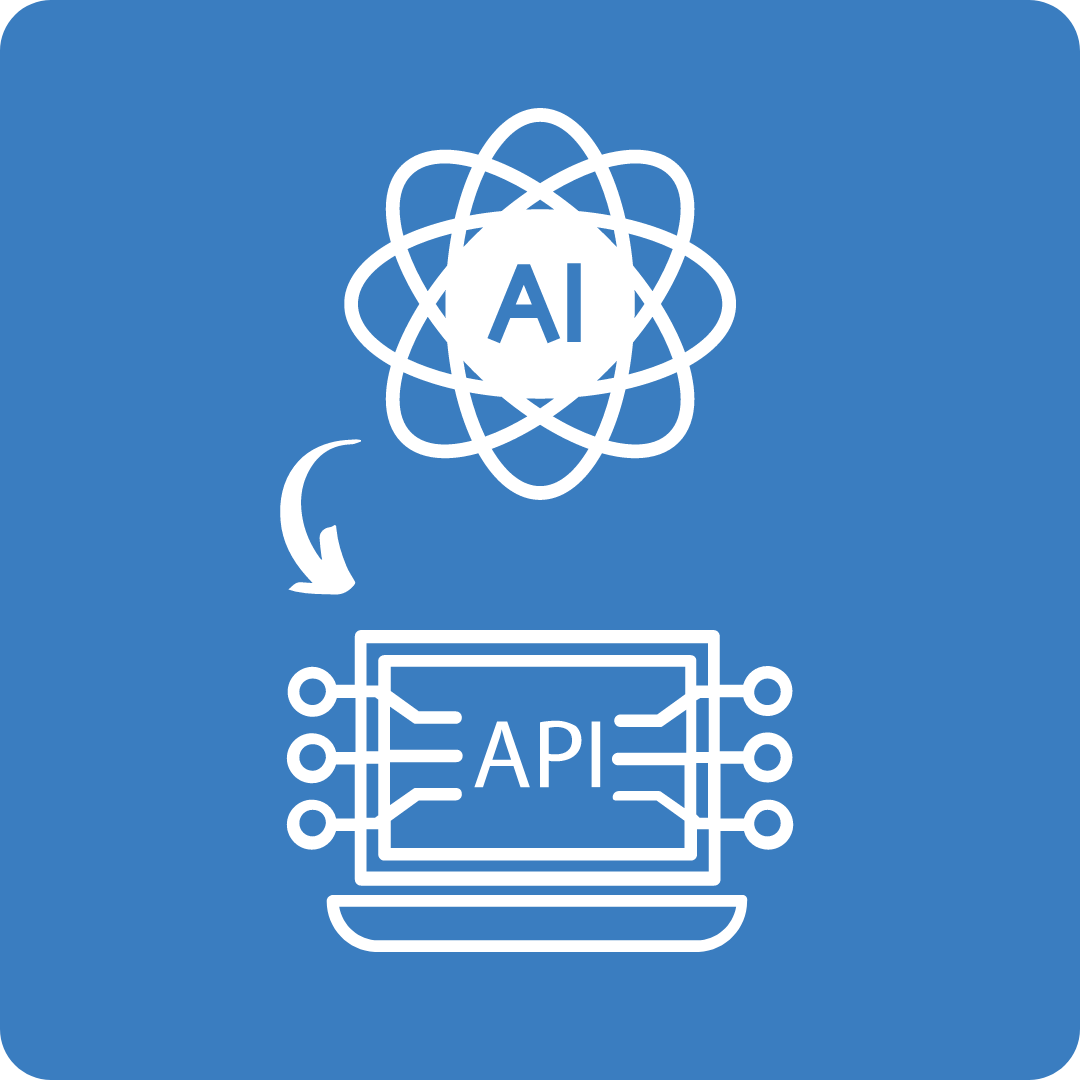
Improved accuracy and reliability in speech recognition: One of the key benefits of combining AI with the Web Speech API is improved accuracy and reliability in speech recognition. AI-powered algorithms can analyze large volumes of speech data, learning from patterns and nuances to better recognize diverse accents, languages, and speech variations. This enhanced accuracy helps with reliability voice recognition as it translates into a more seamless user experience, as web applications can understand and respond to user commands more effectively.
More natural and expressive voices: Moreover, AI-driven speech synthesis techniques contribute to creating more natural and expressive voices for text-to-speech applications. By training AI models on vast datasets of human speech, developers can generate synthesized voices that sound remarkably human-like, enhancing the accessibility and inclusivity of web content for users with visual impairments or reading difficulties.
Possibilities of innovations: Beyond improving accuracy and naturalness, AI empowers developers to innovate and create new possibilities with the Web Speech API. For instance, AI-driven sentiment analysis can be integrated with speech recognition to analyze the emotional tone of user input, enabling web applications to respond with appropriate empathy or assistance. Additionally, AI-powered language translation capabilities can be combined with the Web Speech API to create multilingual speech-enabled applications, breaking down language barriers and facilitating communication on a global scale.
The synergy between AI and the Web Speech API extends beyond conventional web applications. With the rise of conversational interfaces and virtual assistants, such as chatbots and voice-controlled smart devices, the integration of AI-enhanced speech recognition and synthesis capabilities becomes even more crucial. By harnessing the power of AI, developers can create conversational experiences that feel natural and intuitive, enhancing user engagement and satisfaction.
Use Cases and Applications

The synergy between AI and the Web Speech API opens up exciting possibilities:
- Voice Assistants and Chatbots:
- AI-powered chatbots, including AI assistant chatbots, can engage in natural conversations with users.
- Voice assistants (like Google Assistant or Amazon Alexa) leverage the Web Speech API for voice input and output.
- Transcription Services:
- AI-enhanced transcription services convert spoken content (interviews, podcasts, meetings) into accurate written text.
- Real-time transcription during live events benefits journalists, students, and professionals.
- Accessibility Features:
- Web applications can provide voice-based navigation for users with disabilities.
- Screen readers can use synthesized speech to make web content accessible.
Challenges and Future Directions

Despite progress, challenges remain:
Privacy and Security: Handling voice data requires robust privacy measures. It's essential to consider the ethical implications and privacy concerns associated with AI-driven speech technologies. As AI systems become more capable of understanding and generating human speech, questions arise regarding data privacy, noise and vibration analysis, consent, and potential biases in AI algorithms. Developers must prioritize ethical design principles and implement robust privacy safeguards to ensure that user data is handled responsibly and transparently.
Noise and Variability: AI models struggle with noisy environments or non-standard speech patterns.
Multilingual Support: Improving multilingual recognition remains an ongoing research area.
However, the future holds promise:
Multimodal Interaction: Combining speech with other modalities (like gestures or gaze) will enhance user experiences.
Emotion Recognition: AI could detect emotions from speech, enabling empathetic interactions.
In conclusion, the synergy between AI and the Web Speech API represents a significant step forward in the evolution of web development and user interaction. By harnessing the power of AI-driven algorithms, developers can unlock new possibilities for creating immersive, accessible, and inclusive web experiences. As technology advances, the collaboration between AI and the Web Speech API will undoubtedly lead to further innovations that redefine how we interact with the digital world. Get in touch with our experts to learn more about how you can incorporate AI and web speech API seamlessly!

Emotional Intelligence in Project Management
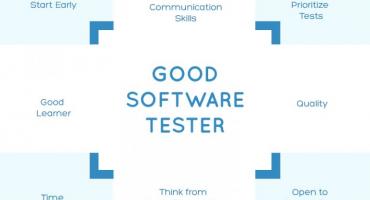
Qualities to Become a Good Software Tester


